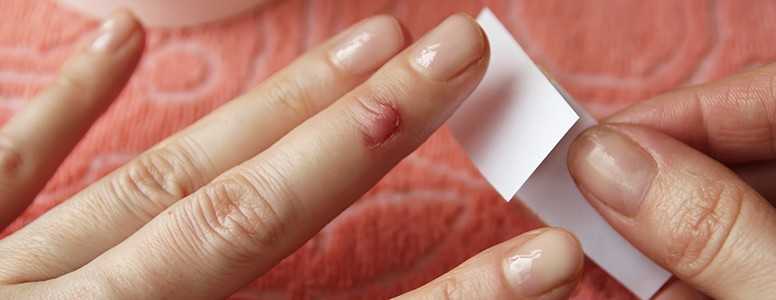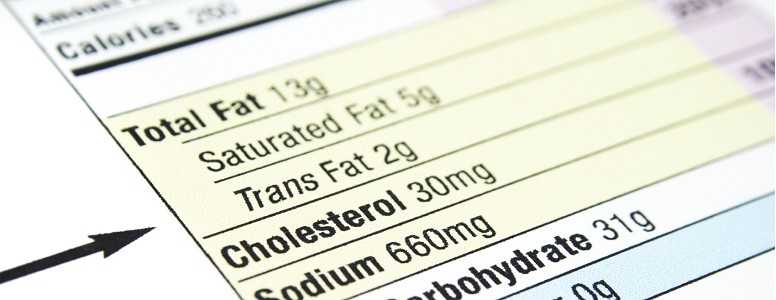One of the body’s own anti-infection tools may actually slow the healing of wounds, according to new research.
The study
The study, conducted at Boston Children’s Hospital, was conducted on mice. The researchers found that by inhibiting the production of neutrophil extraceullular traps (NETs) they could speed up the healing of their wounds.
How can these findings help people with diabetes?
The findings could potentially be used to stop the slow healing of wounds in people with diabetes, but it is very much in a preliminary stage.
Slow wound healing can be a serious problem for people with both type 1 and type 2 diabetes, particularly on the feet. When people with diabetes develop diabetic neuropathy, they often fail to notice small wounds on their feet. And because these wounds heal so slowly, they can often become infected and develop into ulcers. In extreme cases, diabetic foot ulcers can lead to amputation.
What are neutrophil extracellular traps?
When we damage our skin, the body tries to fix the damage using a variety of cells and proteins. Infection is fought off through inflammation, and part of the inflammatory process involves the production of NETs.
NETs have their uses – they contribute to the body’s protection from bacteria, for example – but they also increase the risk of several conditions.
“NETs predispose patients to inflammation, heart disease and deep vein thrombosis, all of which are elevated in patients with diabetes,” says Denisa Wagner, PhD, senior investigator, and the Edwin Cohn Professor of Paediatrics at Harvard Medical School.
Why do NETs slow wound healing in people with diabetes?
The researchers compared the neutrophils of people with diabetes – both type 1 and type 2 – to those of people without diabetes, in order to assess the impact of diabetes on the production of NETs. They found that the neutrophils of people with diabetes contained four times as much PAD4, which is an enzyme vital to the production of NETs.
And when the researchers exposed the neutrophils of healthy mice to high levels of glucose, the production of NETs increased.
The team then removed PAD4 from the diabetic mice in order to narrow down the source of excessive NET production. As a result, the diabetic mice healed their wounds more quickly.
Why NETs slow wound healing isn’t exactly clear, but the researchers believe that it may have something to do with stopping new skin cells reaching the wound site. It could also be the case that NETs do not, in fact, provide any protection from bacteria.
“We don’t fully understand the functions of NETs, but all of the other antimicrobial functions of neutrophils are preserved even if they cannot make NETS,” said Wagner.
“Any injury that causes inflammation will result in production of NETs, and we think that if the injury involves skin repair, NETs will hinder the repair process.”
What's new on the forum? ⭐️
Get our free newsletters
Stay up to date with the latest news, research and breakthroughs.




